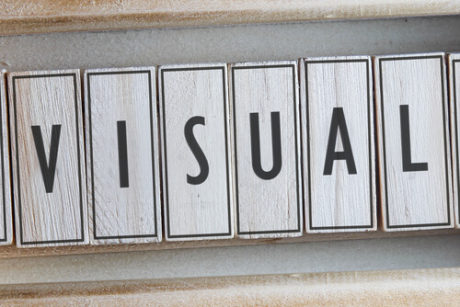Kieran Graham
Read More
Very professional courses. Great Administration assistance and high quality e-learning service.
Sarah Jennings
Read More
I did forex trading diploma. Very professional and detailed course.
Jordan Cooke
Read More
The course offered is excellent. I am glad to have taken it.














Visual merchandising is the practice in the retail industry of developing floor plans and three-dimensional displays in order to maximize sales.
Visual merchandising is presenting or displaying products in a way that makes them visually appealing and desirable. Things like themed window displays, dressed mannequins, the arrangement of running shoes on a wall, and fresh fruits organized by colour are all examples of visual merchandising. It can also be as simple as stacking toilet paper into a pyramid or as elaborate as recreating a scene from a fairytale. The point here is, visual merchandising is all about using artistic product displays to capture the attention and interest of shoppers.
This eye-catching display uses colours, mannequins, props, and images to increase the visual appeal of the clothes being sold. This eye-catching display uses colours, mannequins, props, and images to increase the visual appeal of the clothes being sold.
It’s often said that visual merchandising is both an art and a science. Do you know why? It’s art because there are visual elements; it uses lines, colours, lighting, proportions, and spacing to create beautiful and balanced presentations. It’s also a science because it has a specific purpose and uses concepts from psychology to influence a shopper’s emotions and purchasing behaviour.
Both goods and services can be displayed to highlight their features and benefits. The purpose of such visual merchandising is to attract, engage, and motivate the customer towards making a purchase.
When it comes to visual merchandising, there’s more than meets the eye. Product displays don’t just look pretty for the sake of looking pretty. There is a specific purpose for why they look the way they do.
The primary goal of visual merchandising is to attract shoppers and increase sales. Yes, it’s that simple, yet incredibly important. Thus, an effective visual merchandising strategy should draw shoppers into the store and keep them in there long enough to buy something.
Research has shown that most shoppers actually make most of their purchasing decisions while they are inside the store. As you can see, this makes visual merchandising a powerful marketing tool, one that can influence both impressionable and impulsive shoppers. So how do retailers accomplish this? They use certain shapes, colours, lighting, imagery, and other design elements in their product displays to create positive emotional experiences that can motivate a shopper to spend more.
Some retailers, like IKEA, use immersive product displays throughout their store. This increases the chance of an impulse, or unplanned, buy. Your intention might have been to buy a lamp, but you end up leaving with a dining room set. Did you really need to buy it? Not really. But you were in a good mood, and the set will look just as fantastic in your apartment as it did in the showroom.
Visual merchandising is a profession that involves displaying merchandise and décor in a store in a way that elicits a positive image of the store, gets customers’ attention and entices them to buy.
Visual merchandising refers to anything that can be seen by the customer inside and outside a store, including displays, decorations, signs and layout of space. The overall purpose of visual merchandising is to get customers to come into the store and spend money. Visual merchandising includes how merchandise is presented as well as the store’s total atmosphere.
Visual merchandising starts on the outside of the store or its exterior presentation and carries on to the interior presentation. It may involve the ability to create window displays in fashionable colours and patterns that make customers think the store has what they’re looking for and the art of creating other types of displays or dressing mannequins. Keeping up with trends and fashions in the design industry can be useful for these purposes. Visual merchandising also includes determining in-store traffic flow patterns to calculate the best places to put displays so the greatest number of people will see them.
Materials and Methods
Multiple considerations go into effective visual merchandising. Visual merchandising involves using the following elements appropriately:
History
When the giant nineteenth-century dry goods establishments like Marshall Field & Co. shifted their business from wholesale to retail, the visual display of goods became necessary to attract the general consumers. The store windows were often used to attractively display the store’s merchandise. Over time, the design aesthetic used in window displays moved indoors and became part of the overall interior store design, eventually reducing the use of display windows in many suburban malls.
In the twentieth century, well-known artists such as Salvador Dalí and Andy Warhol created window displays.
In the beginning of the twenty-first century, visual merchandising is forming as a science. Nowadays, visual merchandising became one of the major tool of business promotion which is widely used to attract customers and increase sales.
Visual merchandising contributes to a brand’s personality and the characteristics associated with the brand. The design of the store should reflect this as part of their retail brand strategy. This includes the in-store environment and brand communications used such as signage and images displayed in-store. These visual elements all play a part in building a retail brand and therefore they help a brand differentiate itself from its competitors, create brand loyalty, and allows for a brand to place premium pricing on their products. Part of the brand strategy used in visual merchandising is research into the brand’s target market to find out what their customers’ values and self-images are. This information can allow the retailer to cater the design of a store and their advertising to match their consumers.
-

Add a note